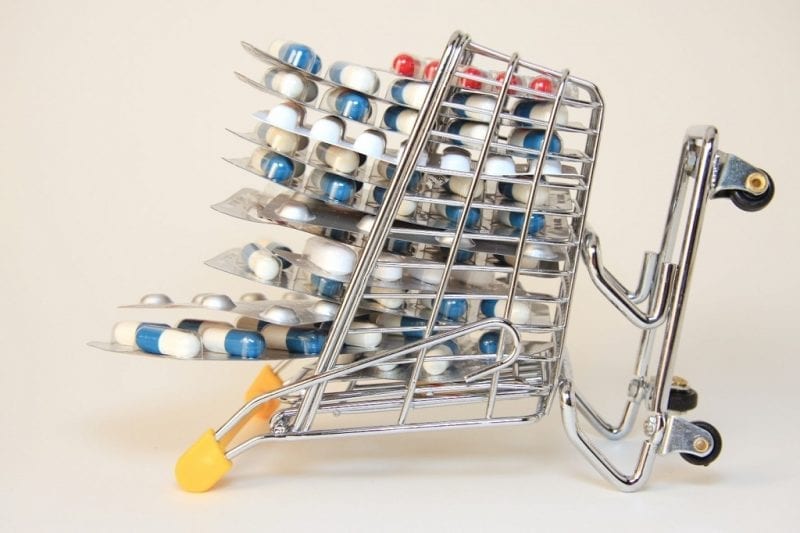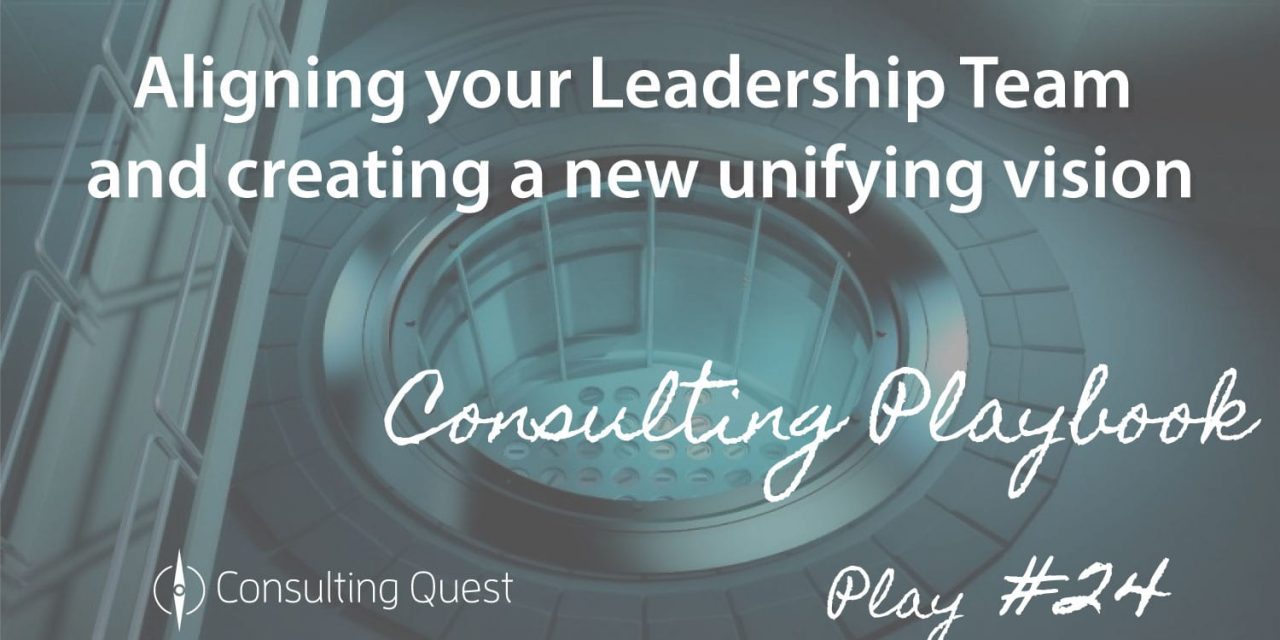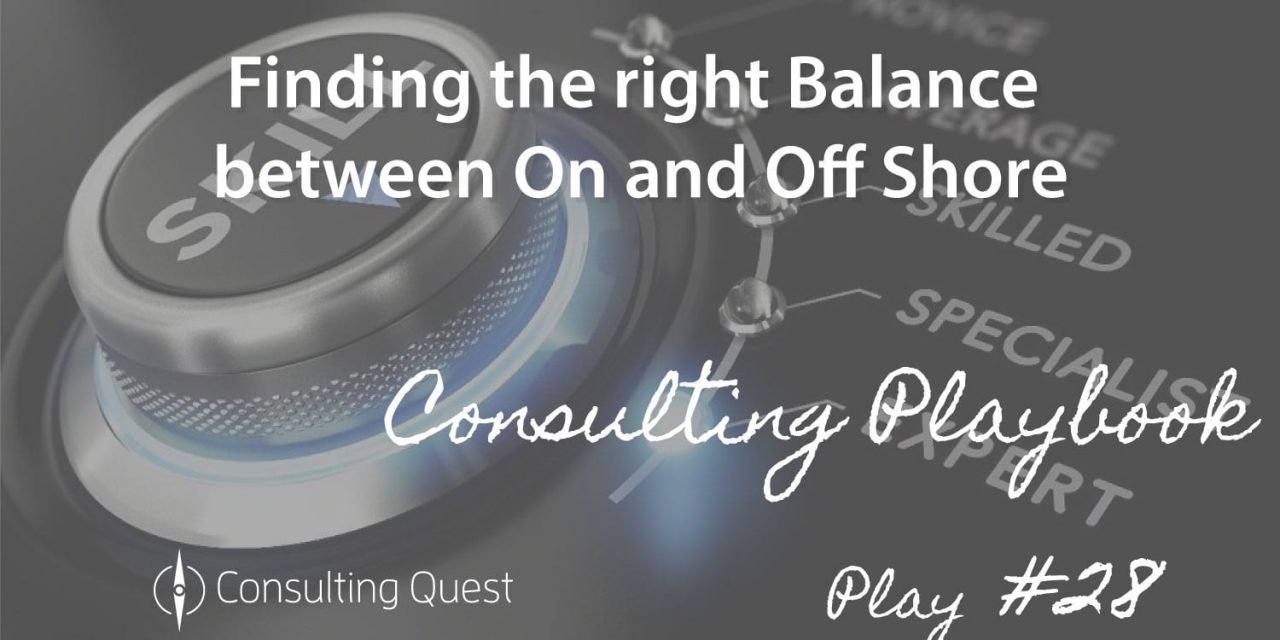
Consulting Playbook: State-of-the-Art Techniques to fix Supply Chain in Pharmaceuticals
The Consulting Playbook, Edition #23
The company’s “On Time In Full” OTIF was extremely low. 40% of orders failed to meet the targets for both supply chain and development issues. Development Priorities were changing frequently, plus there was a lack of development activities planning for the past 5 years. All that caused high level of stress among team members, and a Consultant was hired to provide expertise in dealing with these problems.
The Approach applied was designed to address the situation on two levels
- Supply-chain Activities Level
A mapping of the current supply-chain process was carried out, with Key indicators, and major issues VSM outlined. Besides, a workshop with the whole supply team was organized to review the issues that had to be resolved.
At the outset, a more effective mapping of the future supply-chain process was performed, a new structure design of the S&OP and MPS was created and implemented.
A reduction in the changeover time for the major production lines SMED was targeted as well.
- Development Activities Level
For those, a new mapping of the development process was done together with improved Key Indicators and the major issues to be resolved. Workshops with the development team were organized to craft a shared action plan.
Consequently, the evaluation of customers’ demands was performed to filter developments and set new priorities.
A smoother future development process was designed ready for implementation, a new standard flow for the project’s activities was charged and a weekly meetings protocol for all the team members was established to continue the improvement of all activities and follow up.
The Successful Outcome Achieved
The organization managed to raise OTIF from 50% to 85% in one year. The project’s duration was shortened by 25%, while the stress level among team members had been greatly reduced.
Additional Information
Which Key Areas to Focus On in Drug Development Planning?
Drug development work is a time-consuming process and it requires a solid research, planning and cooperation. It also suggests developing a strategy from start to finish, a presentation to potential investors and arranging a toxicity study. The long-term benefits that a new product can bring in, however will neutralize the costs in most instances. And a carefully crafted strategy will make such endeavor a success.
Below we outlined 3 Main Strategic Areas to look at when Developing a New Drug
- Manufacturing
This area is extremely important for the success and launch of a new drug. It is crucial to include all the segments in the drug development process in order to reach the manufacturing stage successfully. Bad decisions or unprepared actions can prove to be very costly, and likely cause delays or result in other problems. Manufacturing includes all activities in connection to production of final dosage form, the active pharmaceutical ingredient (API), decision on a viable formulation, making sure the quality is sufficient and consistent, packaging, shipping, and more.
- Clinical and Non-Clinical Development
These are the standard procedures. The purpose behind the two types of research is to provide adequate support to the clinical trial teams and lead to the final approval of the drug. The Strategic plan accompanying the development should preferably include all the necessary studies as well as the additional studies that will be helpful. The studies can beneficially affect the time and the cost of the product development at the later stage, but might require a more serious investment upfront. In the Clinical Development stage, all detailed plans should be developed including – study designs, identification of investigators, statistical analyses, timelines for development, etc. Contingency planning is also essential to have.
Risk management is another big part to consider, and creating a solid RMP (risk management plan) with risk evaluation and mitigation strategy must include all the pharmacovigilance actions, as well as measures related to identifying and preventing risks of the drug, and an in-depth valuation of its effectiveness. Sufficient awareness to prospective patients or physicians of the side effects must be provided too. The documentation in this stage should prove the benefits outweigh the costs of the drug.
- Regulatory
The documentation in this area will keep the project on track and will make the process run smoothly. Risks of delays will be identified, probability of delays, extra costs, tracking mechanism of the progress should be included too in the main regulatory Strategy document.
This strategy can be revised as necessary for the duration of the project.
And lastly, topics like Intellectual property and trademark registration; compensation schedules, and marketing and selling the drug, must be addressed and developed as well.
For Further Reading:
- Concepts in Pharmaceutical Development Project Management
- Planning for Successful, Efficient, Pharmaceutical Product Development
- CMC Development Strategies for Small Pharma
- Effective new product planning
- Preclinical D
About The Consulting Playbook
The Consulting Playbook is a collection of posts designed to offer insights into how businesses and their executives can utilize consulting as a strategic lever to boost performance. Each Consulting Playbook post is broken down into a few elements: Case Study, Additional Information regarding the technical application, and Additional Links related to the topic.
Hélène Laffitte is the CEO of Consulting Quest, a Global Performance-Driven Consulting Platform and author of “Smart Consulting Sourcing”, a step by step guide to getting the best ROI from your consulting. With a blend of experience in Procurement and Consulting, Hélène is passionate about helping Companies create more value through Consulting.




